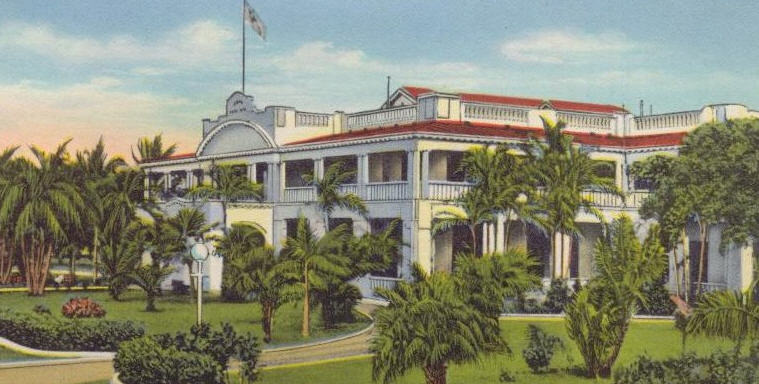
History of the Grand Pacific Hotel – Suva
I’ve written about the newest incarnation of the Grand Pacific Hotel (GPH), which is rising once again like a Phoenix on Suva’s waterfront.
For nearly two decades as the esteemed Norwegian anthropologist Solrun Williksen described The Grand Pacific Hotel as “sinking into the muddy shores. Any passer by is shaking his head, and some Fijians, when asked for comments, may just say “Isa”, which is a term of regret. But for those, and they are still quite a few, who have seen the building in all its glory it is a sad sight indeed.”
“From the veranda of the Grand Pacific Hotel on the waterfront facing Albert Park, I listened to the sounds of Empire- the crack of cricket bats and the mellow Westminster chimes of the clock on Government Building- mingling with the boom of the lali, the hollow log drum or gong of Fiji. The drum that once beat the call to war and cannibal feasts now takes the place of the dinner gong at the hotel” (Luis Marden).
Indeed, the GPH has occupied an elevated position in Fiji’s cultural pantheon.
Said Solrun Williksen, “I, myself remember Queen Elizabeth appearing on the balcony during her 25.year celebration trip in the Pacific in 1977. As Fijians do not cheer or waive, there was dense silence during her brief stay out there. Did she not have a blue evening dress and was she not wearing a crown? There was some talk beforehand that she had not brought her crown and Fijians with their love of decorum were disappointed”.
Description
This segment is taken from an old newsreel. It’s extremely rare Footage of the Queen’s visit in 1954. You also have an unusual appearance of Ratu Sukuna talking from 16.02 to 16.35. I don’t think I’ve ever seen a depiction of him on film. He is considered the father of modern Fiji. We thank the Fiji Museum for doing the homework on this video.
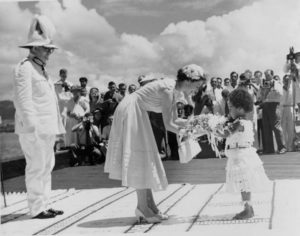 She was requested to please wear her crown, which she apparently did. I cannot remember whether or not she wore it, although I was fairly close by, standing on the opposite side of the road leading past the main entrance of the hotel. What I do remember is the warm and still evening, the dark starlit sky above and the thousands of people standing in Albert Park, watching silently the white, gracious building and the small figure on the balcony waving an equally white and gracious arm. Her arrival at the hotel from her ship in the harbour, had been preceded by countless young Fijian men running barefoot with torches in their hands the whole length of road through Suva city, down Victoria Parade and to the hotel. All along the route people were watching, motionless, respectful, silent.
She was requested to please wear her crown, which she apparently did. I cannot remember whether or not she wore it, although I was fairly close by, standing on the opposite side of the road leading past the main entrance of the hotel. What I do remember is the warm and still evening, the dark starlit sky above and the thousands of people standing in Albert Park, watching silently the white, gracious building and the small figure on the balcony waving an equally white and gracious arm. Her arrival at the hotel from her ship in the harbour, had been preceded by countless young Fijian men running barefoot with torches in their hands the whole length of road through Suva city, down Victoria Parade and to the hotel. All along the route people were watching, motionless, respectful, silent.
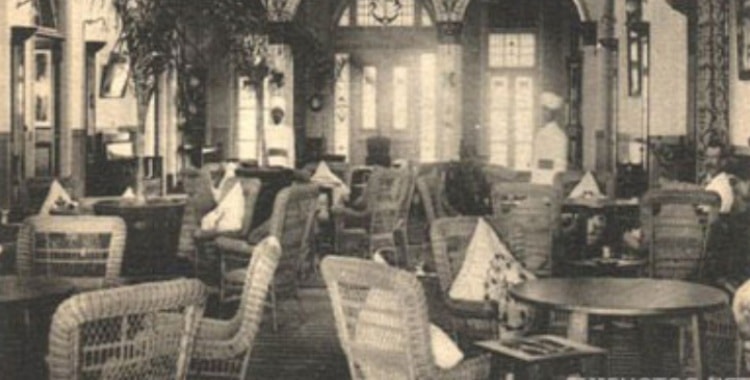
Part Two
This is the second in a series of blogs by Norwegian anthropologist Solrun Williksen written at the turn of the last millennium.
Another memory is about 12 years later. The Grand Pacific was showing signs of deterioration, but it was still dignified. I took a few of my old friends from Suvavou there for afternoon tea, among whom was Mereseini, a woman in her eighties, thin like a broomstick and with painful back and hips, but still cheerful and talkative; a great companion on an outing.
We sat by the swimming pool and had our tea, with scones, of course, later one of the staff, who was a distant relative of Mereseini took us for a sightseeing inside the hotel, in the grand hall, the restaurant, the bar.
Little did we know, Mereseini and I, when we strolled through the respectable rooms that within a few years from then the hotel would be closed and left to fall apart. Maintenance seems to be a general problem in Fiji, examples of old stately buildings badly in need of repair are rife. Maintenance is not only a political or economical problem. In many social milieus in Fiji there is a glaring exhibition of wealth; the exclusive private cars, for one thing. As for the Grand Pacific it seemed gradually to be eroded both from without – lack of maintenance -, and from within – a weakening of staff management and going with it less interest among the public to be a guest there. When I last visited the hotel, it must have been just before the close down in 1992, we were a few friends sitting in the lounge having a drink.
In my memory there is hardly any light on, one or two waiters move around silently behind the bar, there are no guests in the rooms upstairs. I do not know whether the lights were actually turned down or whether my own memory is playing me a trick. There is, however, no doubt that the hotel at that stage had an atmosphere of finality.
Along with the political change after 1987 the public seeking a building like the GPH had decreased and the activities that gave life and content to the rooms had vanished. The building, where balls and dinner parties were given and guests of all ranks and nationalities were entertained was slowly being deprived of meaning.
The above photo courtesy of the Fiji Museum, is an artist’s rendition of the yet to be reconstructed GPH
About Grand Pacific Hotel
Once established as the standard of luxury that was fit for royalty; now more than 100 years later, the Grand Pacific Hotel remains true to the ideals of delivering the best of old world charms, South Pacific hospitality and contemporary service. Website




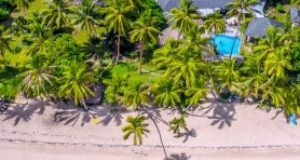
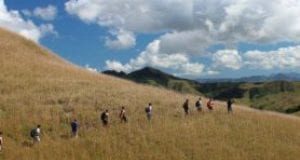
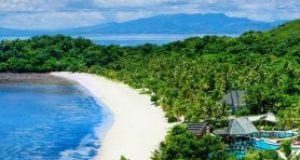

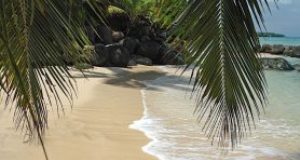
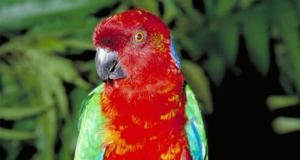
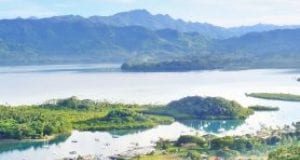

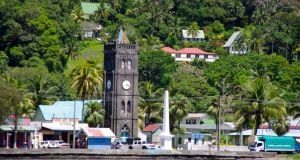
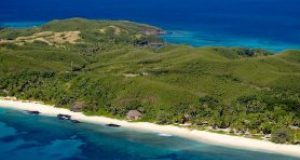


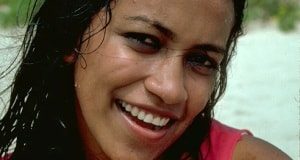
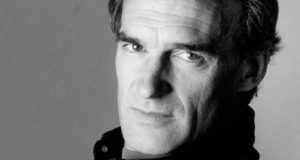



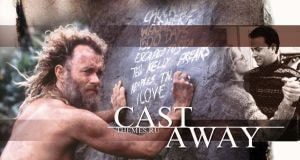

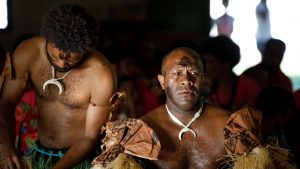
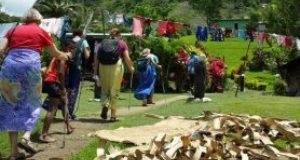

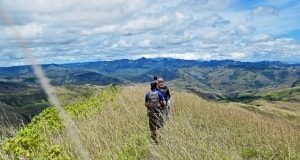
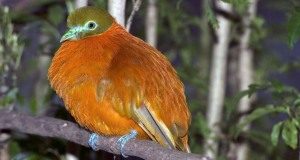

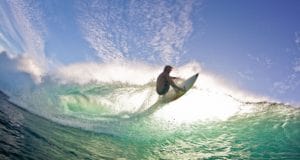
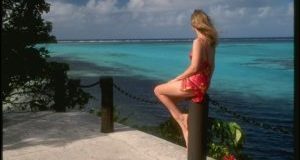

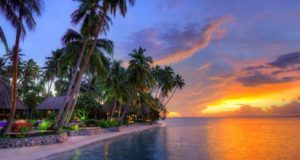



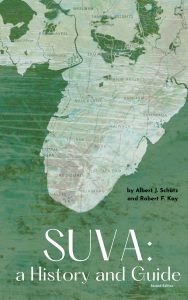
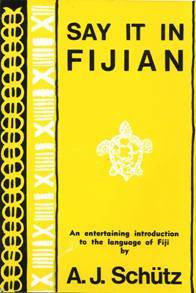
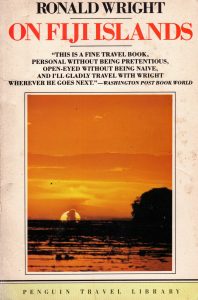
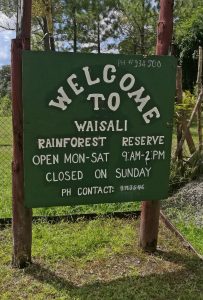
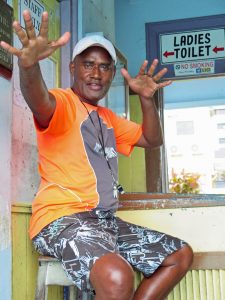
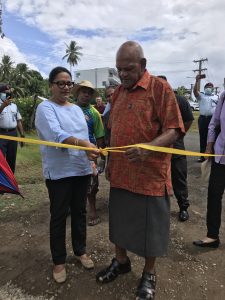



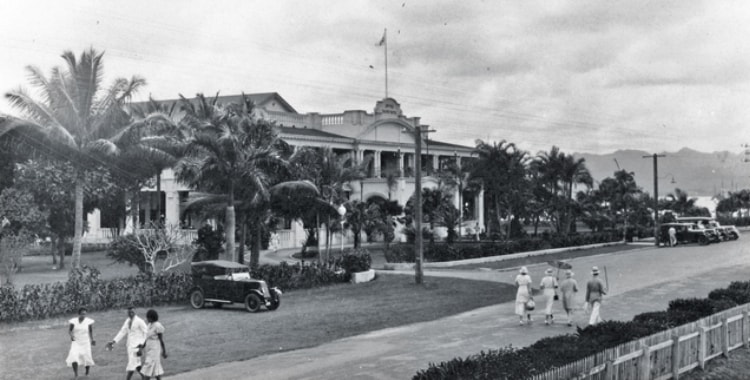
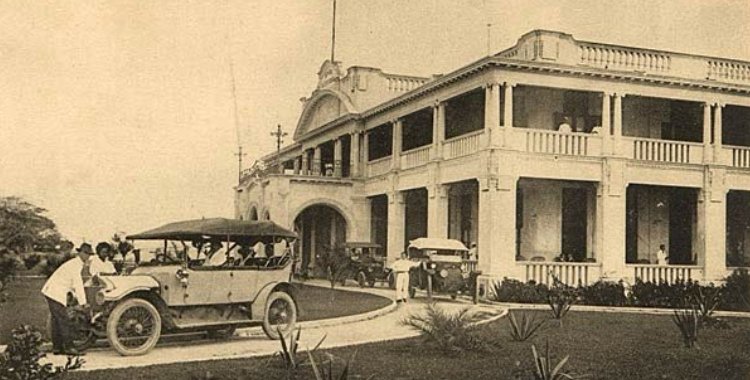
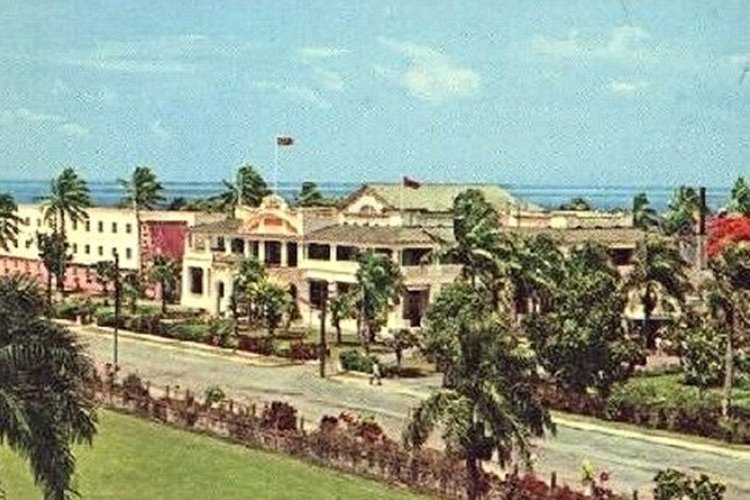
Leave a reply